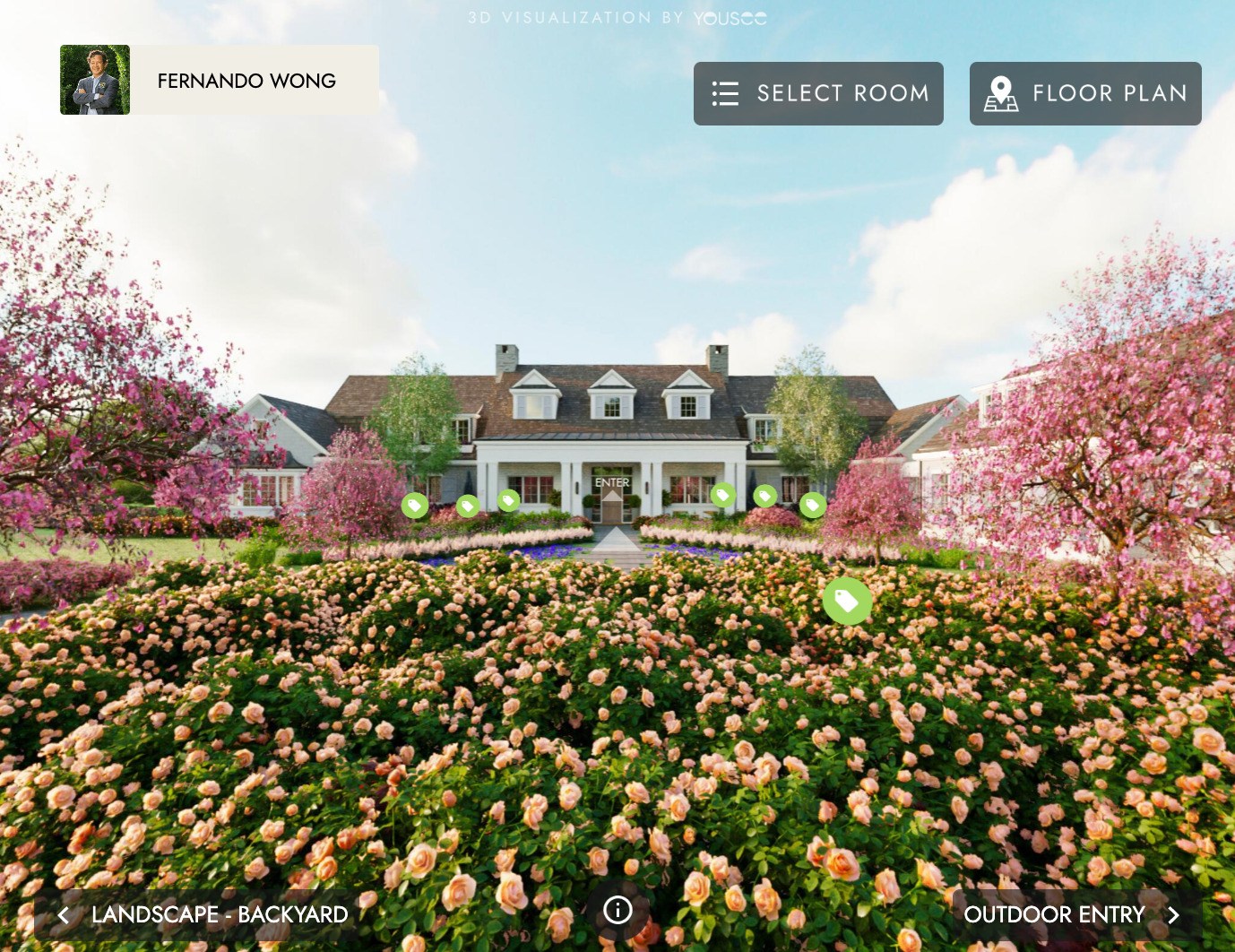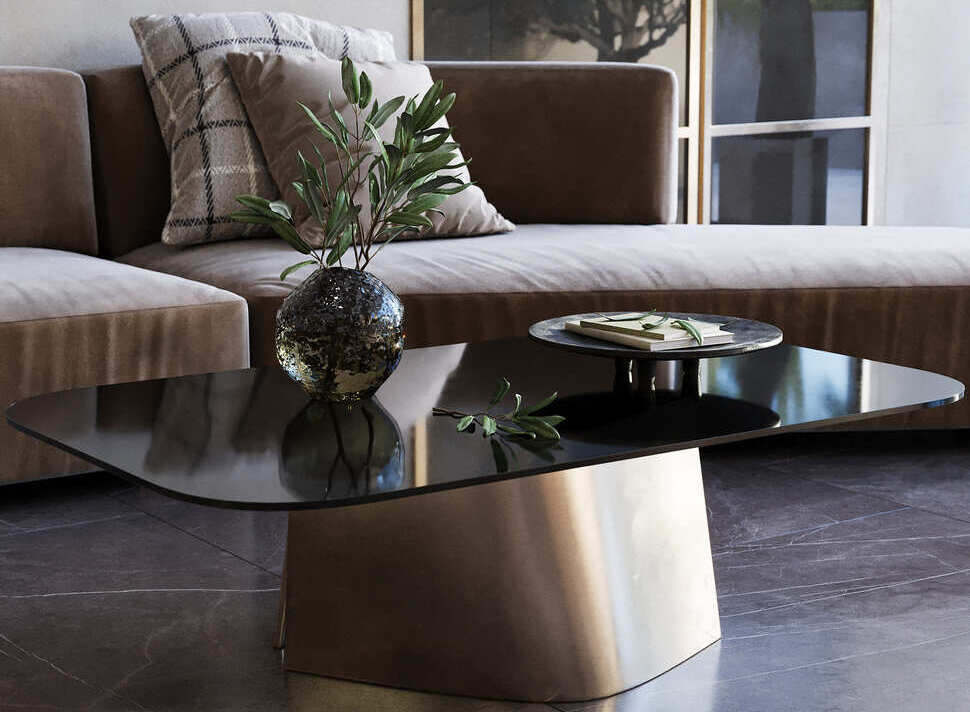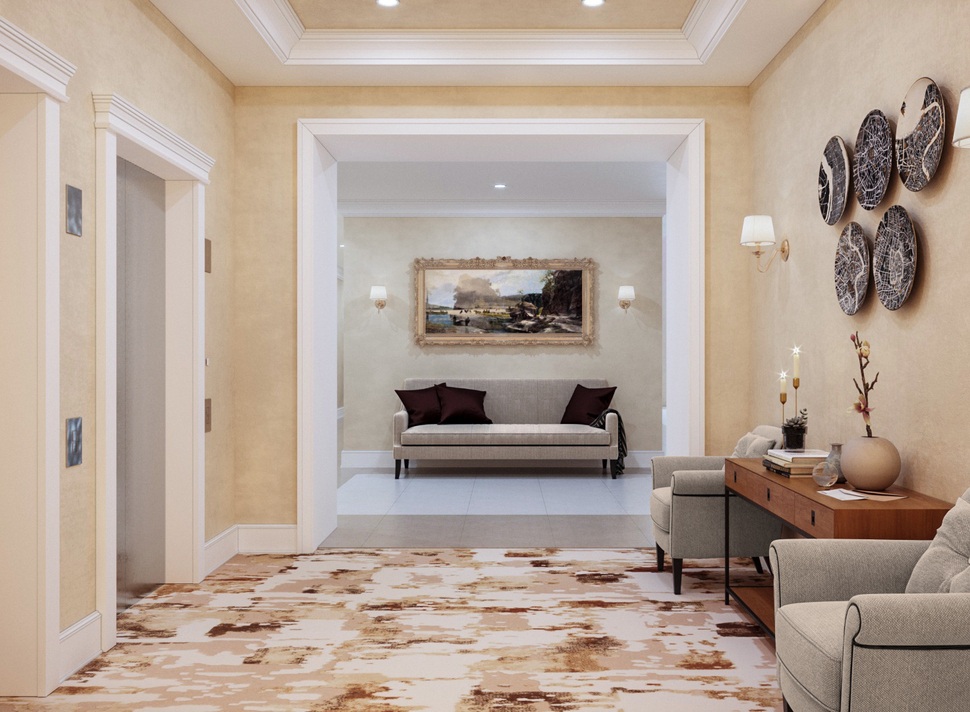Revolutionizing Furniture Retail: The Strategy of 3D Virtual Showrooms
Introduction to the 3D Virtual Showroom Strategy in Furniture Retail
In an age where digital innovation shapes every aspect of our lives, the furniture retail industry is not left behind. The advent of the virtual showroom 3D model has revolutionized how furniture is showcased and sold. This article delves deep into how 3D virtual showrooms are not just a digital trend but a strategic pivot in the furniture retail sector. It explores the intricate technology behind these showrooms, their impact on customer experience, and how they reshape the traditional retail model. For a 3D rendering specialist, understanding the nuances of this innovation is crucial, as it represents a significant shift from conventional display techniques to an immersive digital experience, offering a new dimension in furniture shopping.
Technological Foundations of 3D Virtual Showrooms
The core of a 3D virtual showroom lies in its technological infrastructure, which is primarily built upon advanced 3D modeling, rendering techniques, and the integration of Virtual Reality (VR) and Augmented Reality (AR). Collectively, these technologies create an immersive environment that is revolutionizing the furniture shopping experience.
3D Modeling and Rendering Techniques
At the heart of any virtual showroom is 3D modeling. Tools such as Autodesk 3ds Max and Blender create detailed and accurate furniture models. These models are then textured and lit to mimic real-life environments, giving customers a realistic view of how the furniture will look in their own space. The rendering process plays a pivotal role here. Techniques like photorealistic rendering and simulating realistic lighting and materials provide customers with high-fidelity visuals. This level of detail is crucial in furniture retail, where the look and feel of the product are key purchasing factors.
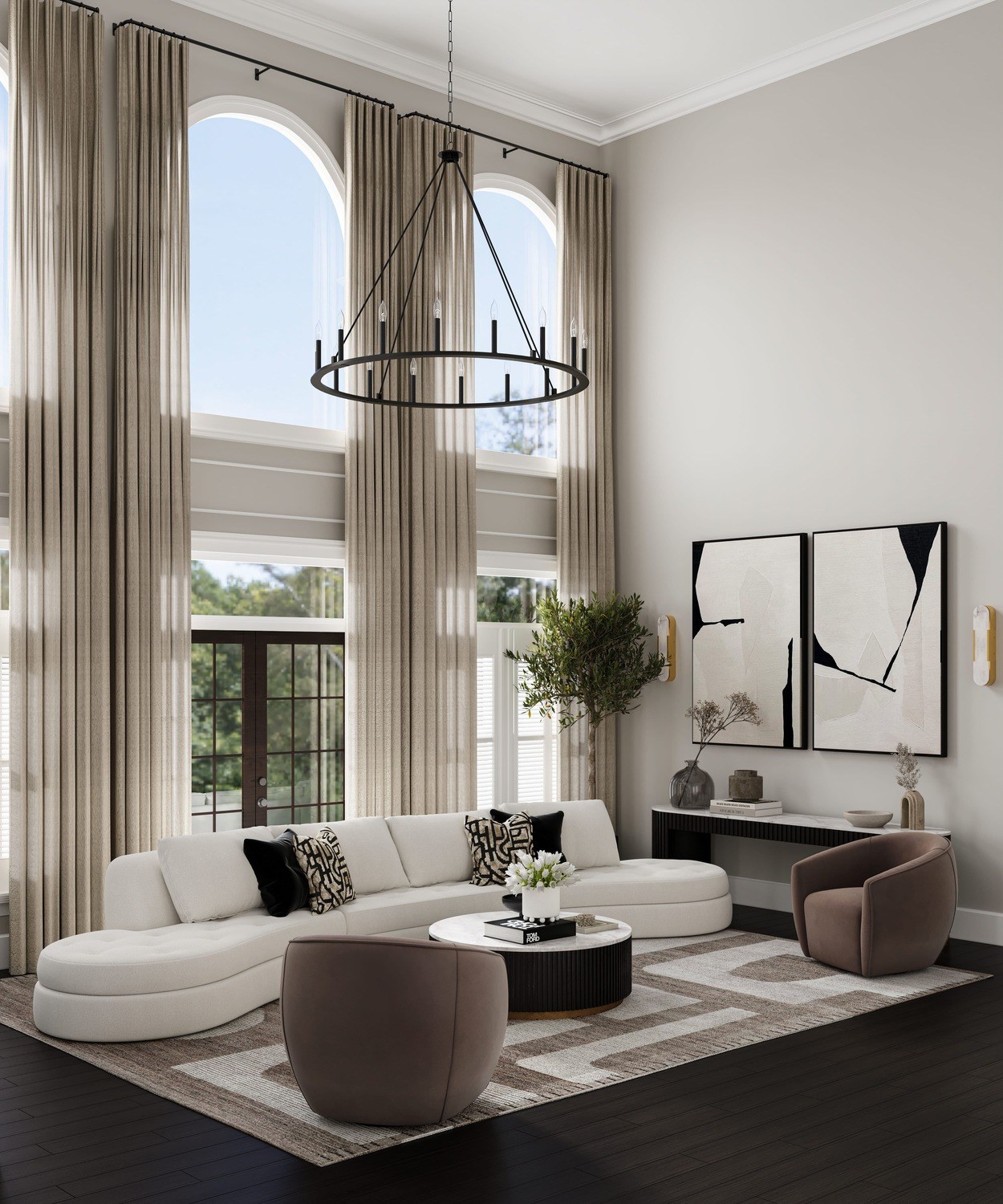
Image from Yousee Studio
Moreover, advancements in rendering technology have allowed for real-time rendering capabilities. Real-time rendering, powered by Unreal Engine and Unity engines, enables interactive experiences where customers can modify aspects of the furniture, like color and fabric, in a dynamic, instantly updating 3D model. This interactivity leaps forward from static images, offering a more engaging and informative shopping experience.
Integration of VR and AR
Integrating VR and AR into virtual showrooms has further enhanced the shopping experience. VR technology creates fully immersive 3D environments where customers can virtually walk through a showroom, interact with furniture, and get a sense of scale and spatial arrangement that photos or traditional 2D models cannot provide. For instance, companies like IKEA and Wayfair have implemented VR showrooms that let customers experience different furniture setups in a virtual space, providing a more accurate sense of how the furniture will fit into their homes.
AR takes this further by merging digital models with the real world. Using AR apps on smartphones or tablets, customers can place 3D models of furniture into their actual living spaces. This technology not only aids in visualizing products in situ but also ensures that the size and style are appropriate for the space. This practical application of AR in virtual showrooms is a significant selling point, particularly for online furniture retailers who need to overcome the barrier of customers needing physical help interacting with their products.
Enhancing Customer Experience through Virtual Reality
Integrating Virtual Reality (VR) and Augmented Reality (AR) into furniture retail through 3D virtual showrooms has significantly enhanced the customer shopping experience. This technology-driven approach addresses several limitations of traditional furniture shopping, offering a more immersive, informative, and personalized experience.
Immersive Shopping Experience
One of the most notable aspects of VR in virtual showrooms is its immersion level. Customers using VR headsets can navigate through a digital showroom as if physically present. This immersive experience is critical in furniture retail, where the look and feel of the space and the interplay of different furniture pieces are crucial factors in making a purchase decision. VR technology enables customers to visualize how different pieces of furniture would look in a harmonized setting, thereby aiding them in making more informed choices. For example, a customer can virtually place a sofa in a living room setting within the VR environment, change its color, and immediately see how it complements other furniture pieces and the overall room aesthetics.
Interactive and Informative
VR showrooms are not only immersive but also highly interactive. Customers can interact with furniture pieces, customize them in real time, and access detailed information about each product. This level of interaction is especially beneficial for understanding the dimensions, materials, and functionality of furniture, aspects that are often hard to gauge from static images. For instance, in a VR showroom, a customer can open drawers, rotate chairs, or even simulate how a bed would fit in a room, providing a comprehensive understanding of the product.
Personalization and Customer Engagement
VR in virtual showrooms also allows for a high degree of personalization. Customers can customize furniture according to their size, color, and material preferences, making it easier to find products that perfectly fit their needs and tastes. This personalization capability enhances customer engagement and satisfaction, leading to a more positive shopping experience and potentially higher retail sales conversions.
Operational Benefits and Challenges for Retailers
The strategic implementation of 3D virtual showrooms brings several operational benefits to furniture retailers while presenting some challenges that need to be navigated.
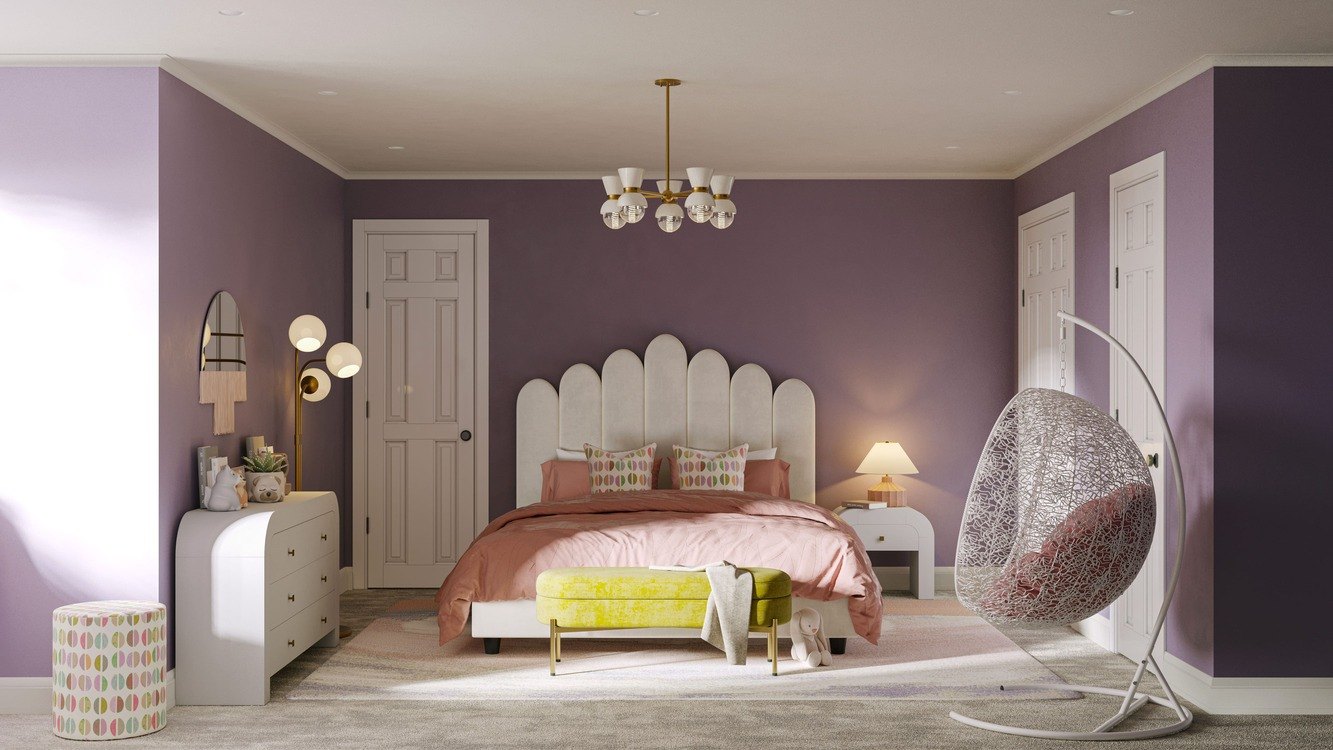
Image from Yousee Studio
Cost-Effectiveness and Market Expansion
From an operational standpoint, virtual showrooms are a cost-effective solution for furniture retailers. Traditional physical showrooms require significant space, inventory, and maintenance investments. In contrast, a virtual showroom can showcase an extensive range of products without needing physical space or inventory, reducing overhead costs significantly. Additionally, virtual showrooms are not constrained by geographical boundaries, allowing retailers to reach a wider audience. This expanded market reach is particularly beneficial for small or medium-sized enterprises needing more resources to establish multiple physical locations.
Data Analytics and Customer Insights
Virtual showrooms also provide retailers with valuable customer data and insights. Retailers can track how customers interact with different products in the virtual space – which items they view, how long they spend on each product, and their customization preferences. This data is invaluable for understanding customer behavior, preferences, and trends, which can inform product development, inventory management, and marketing strategies.
Challenges in Implementation and Management
However, there are challenges associated with implementing and managing virtual showrooms. The initial setup requires a significant investment in technology and expertise in 3D modeling, VR, and AR. Retailers must ensure that the virtual showroom is user-friendly, with an intuitive interface and seamless navigation, to provide a positive customer experience.
Keeping the virtual showroom updated with the latest products and features can also be resource-intensive. Retailers must continuously invest in technology to keep up with advancements and ensure that 3D models and virtual environments remain realistic and engaging.
Integrating 3D Virtual Showrooms into Marketing Strategies
Integrating 3D virtual showrooms into the overall marketing strategy of furniture retailers marks a significant shift in how products are presented and experienced by consumers. This digital innovation enhances the customer experience and provides retailers with unique marketing opportunities.
Transforming Product Presentation
3D virtual showrooms have redefined product presentation, offering a more dynamic and engaging experience than traditional methods. In a virtual showroom, furniture is displayed in meticulously designed 3D spaces that simulate real-life settings. This realistic presentation helps customers better visualize the furniture's appearance in their homes. It's a step beyond static images or video tours, allowing interaction and customization. For example, a customer can change a piece of furniture's color, fabric, or finish and immediately see how it looks in a 3D-rendered room. This interaction level keeps customers engaged and makes the shopping experience more memorable, increasing the likelihood of a purchase.
Enhancing Online Engagement
Virtual showrooms also open up new avenues for online engagement. Retailers can leverage social media platforms, email marketing, and websites to drive traffic to virtual showrooms. By offering an immersive and interactive online experience, they can engage with a broader audience, extending their reach beyond local customers. Interactive features such as live chats or virtual consultations within the showroom can further enhance customer engagement, providing a personalized shopping experience that can be difficult to replicate in a physical store.
Data-Driven Marketing
Virtual showrooms also allow retailers to collect valuable data on customer preferences and behaviors. This data can be analyzed to gain insights into popular products, design trends, and customer preferences. Retailers can then use these insights to tailor their marketing strategies, customize product offerings, and improve customer experiences. For instance, if data shows a high interest in eco-friendly materials, a retailer might highlight their sustainable furniture range in their marketing campaigns.
Challenges in Integration
However, integrating virtual showrooms into marketing strategies is challenging. One major challenge is ensuring the technology is accessible and user-friendly for many customers. Retailers must consider factors such as internet bandwidth, device compatibility, and ease of navigation. Keeping the virtual showroom updated with the latest products and trends is also challenging, which requires ongoing investment in 3D modeling and technology.
The Future of Furniture Retail: Predictions and Trends
As we look to the future, it's clear that 3D virtual showrooms will play a pivotal role in the furniture retail industry. Their ability to offer immersive, interactive, and personalized shopping experiences aligns perfectly with the evolving expectations of modern consumers.
Continued Technological Advancements
The future will likely bring continued VR and AR technology advancements, making virtual showrooms more realistic and immersive. We expect improvements in graphical fidelity, user interface design, and interactivity. For instance, incorporating AI and machine learning could lead to virtual showrooms that adapt in real-time to customer preferences, suggesting products and designs based on previous interactions.
Hybrid Retail Models
Another trend is the emergence of hybrid retail models, where physical and virtual showrooms coexist and complement each other. While virtual showrooms offer convenience and a wide range of products, physical showrooms provide the tactile experience many customers still value. A hybrid model allows customers to explore and customize products in a virtual showroom and visit a physical store for final validation before purchasing.
Sustainability and Eco-friendliness
Sustainability will also be a key focus in the future of furniture retail. Virtual showrooms contribute to sustainability by reducing the need for physical samples and prototypes, thus minimizing waste and environmental impact. As consumers become more environmentally conscious, virtual showrooms will become increasingly important.
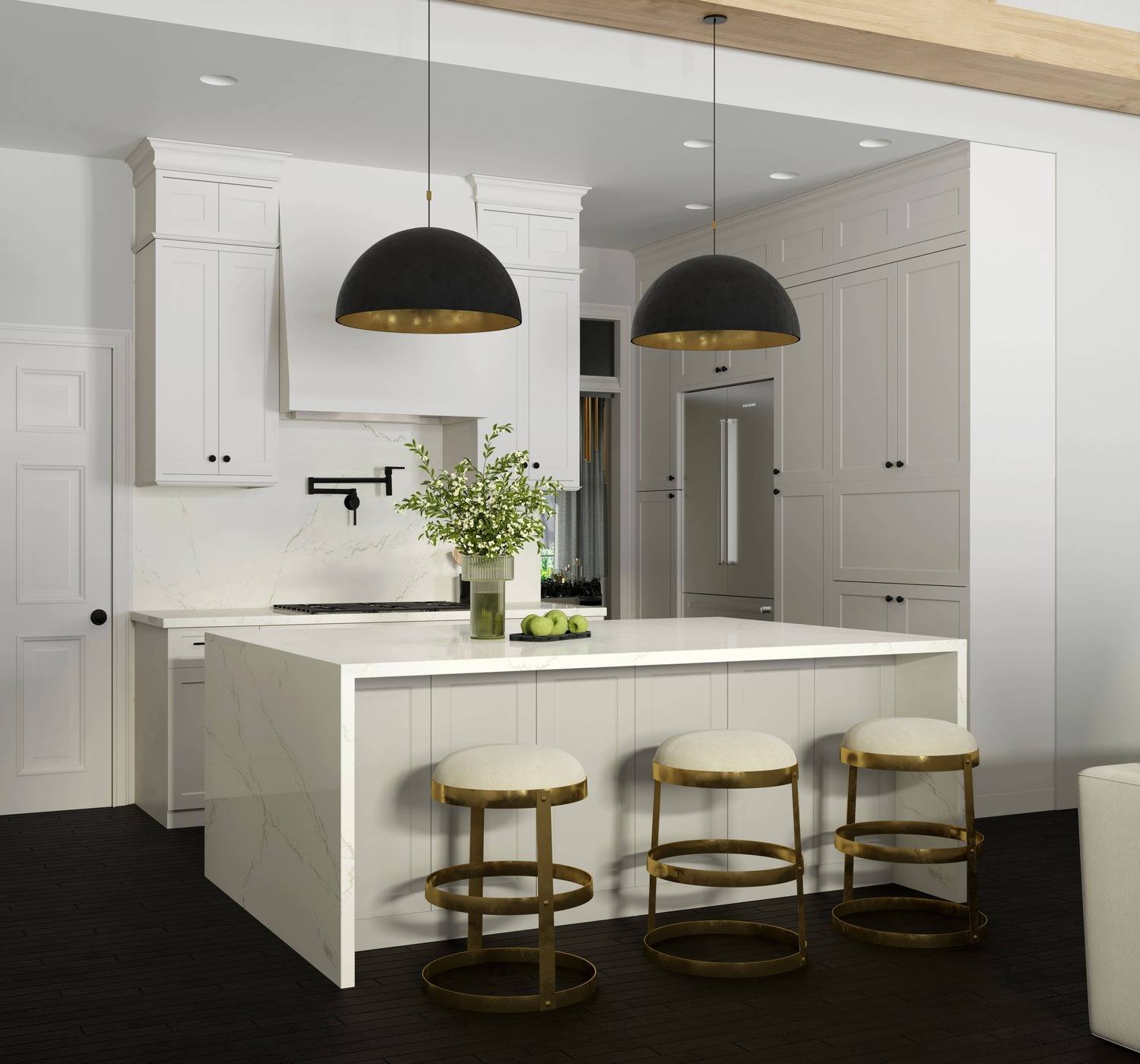
Image from Yousee Studio
Global Reach and Inclusivity
Finally, virtual showrooms will continue to break down geographical barriers, allowing retailers to reach a global audience. This expanded reach opens new markets and fosters inclusivity, making high-quality furniture designs accessible to a broader range of customers.
In conclusion, the future of furniture retail is intrinsically linked to the evolution of 3D virtual showrooms. These digital platforms will offer even more immersive, interactive, and personalized shopping experiences as technology advances. For retailers, staying ahead of these trends and continuously innovating will be crucial to success in a rapidly changing market.
Contact us at YouSee Studio for captivating 3D renderings and immersive virtual experiences.
Karen Spacey is a content writer and the author of this article.

